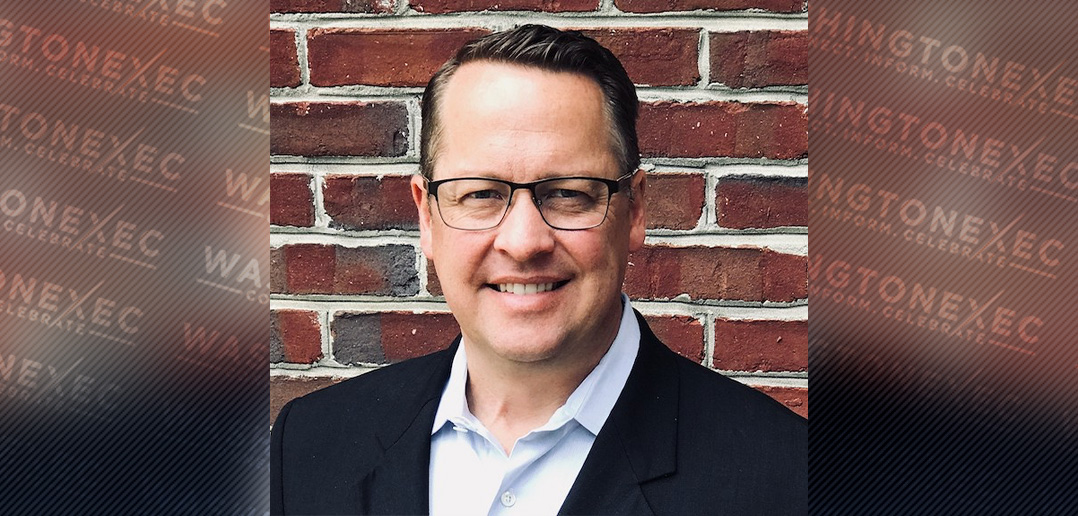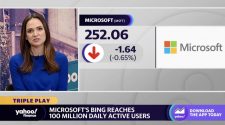Rob Smith, Pega
Many government agencies are in a bind. They can’t afford to replace stultified legacy systems, but they need better access to the valuable data and processes locked up in those systems.
As vice president of North America sales for public sector for technology solutions provider Pega, Rob Smith sees a way forward.
“What Pega brings to the table is the capability to actually wrap and renew,” he said.
Rather than tear out legacy systems in favor of more up-to-date solutions, the company has the unique ability not just to replace aging technologies but to wrap its case management offerings around existing government technology.
“We pull that data into our system to provide newer, fresher interfaces that allow end users the ability to get more done,” Smith said.
The wrap-and-renew formula allows agencies to interface with more modern technology on the front end, while extracting the core value out of their existing systems.
“In many cases, the data already exists,” he said. “We can use our technology to access that data and create workflows to get work done faster and more seamlessly.”
Take, for example, contract-writing systems, a mainstay of many federal technology architectures. Older systems typically may offer all the components needed to meet the mission, but they may lack the workflows needed to connect those pieces in a seamless process.
“You end up bolting on a system to a system to a system,” Smith said. “Without something in place to connect them, these different systems can’t successfully talk to one another, causing roadblocks when trying to get work done end-to-end.”
On the military side, the armed services may struggle to meet audit requirements — not because their actions are wrong, but because the data needed to satisfy the audit process isn’t readily available.
“Here again, our solution has the ability to wrap around the existing ERP solutions and help to provide that workflow functionality, with modern front ends to get that work done,” Smith said.
On the citizen-facing side, legacy systems may not have the ability to scale as needed — lately, for example, in the face of unprecedented demands around unemployment and other pandemic-related benefits. By tying a legacy back end to a modernized front end, agencies can be more responsive.
“Constituents can actually log into via a mobile device or their own computer at home and sign up for the benefit,” Smith said. “That Pega front-end technology interfaces with the data in the old legacy system, and then provides the workflow to the caseworker for review and ultimately a benefit decision.”
As a GovCon working in the competitive space of IT modernization, Pega is looking to provide not just spot fixes but also systemic improvements for federal systems.
“If Pega acquires a technology company, we don’t actually take the technology in its native form and then bolt it onto our system,” Smith said. “We acquire the intellectual property and we bake that [intellectual property]into our technology platform so that it’s seamless and it works seamlessly.”
Robotic process automation, for example, can solve a specific problem for a specific use case, and Pega can provide that.
“Then, when you want to scale and start the wrap-and-renew process for the longer term, we can support that,” he said. “When you want to focus on more of a transformational play and start to solve the bigger, macro-level problems, we also can support that overall business transformation.”
In a sense, the COVID-19 pandemic has helped Pega to make its case. As federal IT leaders have experienced a new sense of urgency, many have come to see they can’t wait for legacy providers to deliver long-promised enhancements.
“The clock’s run out,” Smith said. “Constituents have to be served quickly and empathetically. We have to get work done and serve constituents with digital technology, and there are many in government who have come to believe that they can’t wait anymore. They need to be more efficient and effective.”
The need to enhance constituent service has been a driving factor for Smith personally in his 19 months with Pega, and throughout a long career both in and out of the GovCon space.
He recalls an early episode in which Pega engaged with a state agency to improve its benefits delivery processes.
“There were restaurant servers, single parents with three kids, and they didn’t have access to benefits,” he said. “They were calling this particular agency all the time in tears. In five business days, Pega technology was configured and deployed to serve constituents in times of need, helping them access benefits quickly and taking the pressure off of the agency.”
That experience helped him to fully appreciate the impact a smart IT play can have not just on government processes but on the lives of actual people.
“Our business, our team, our company — we make a difference,” Smith said. “We’re actually making the government business more efficient and effective, and that matters a lot.”




















